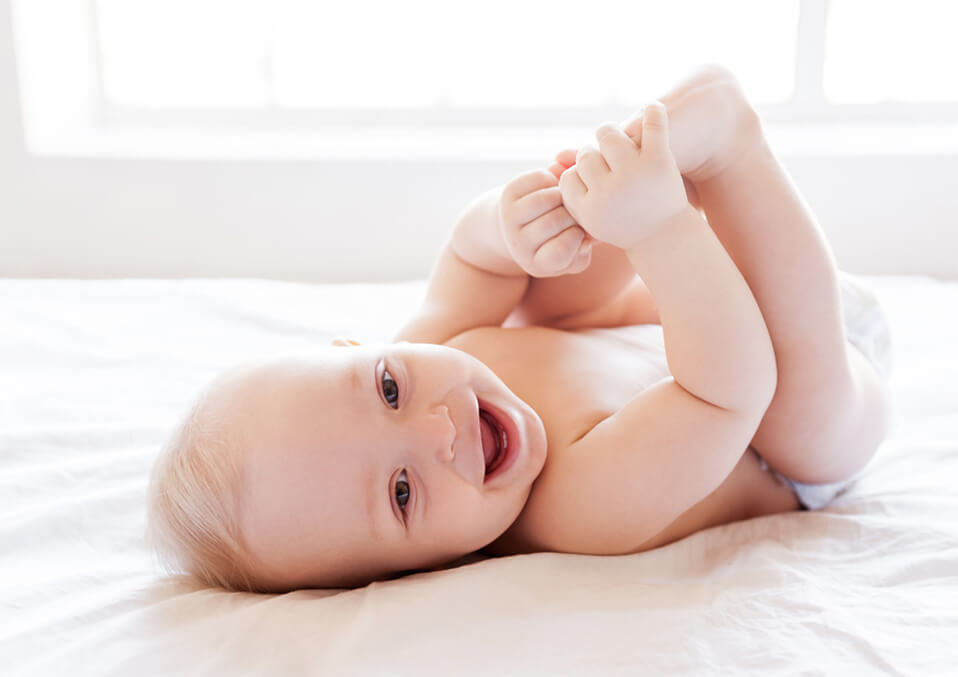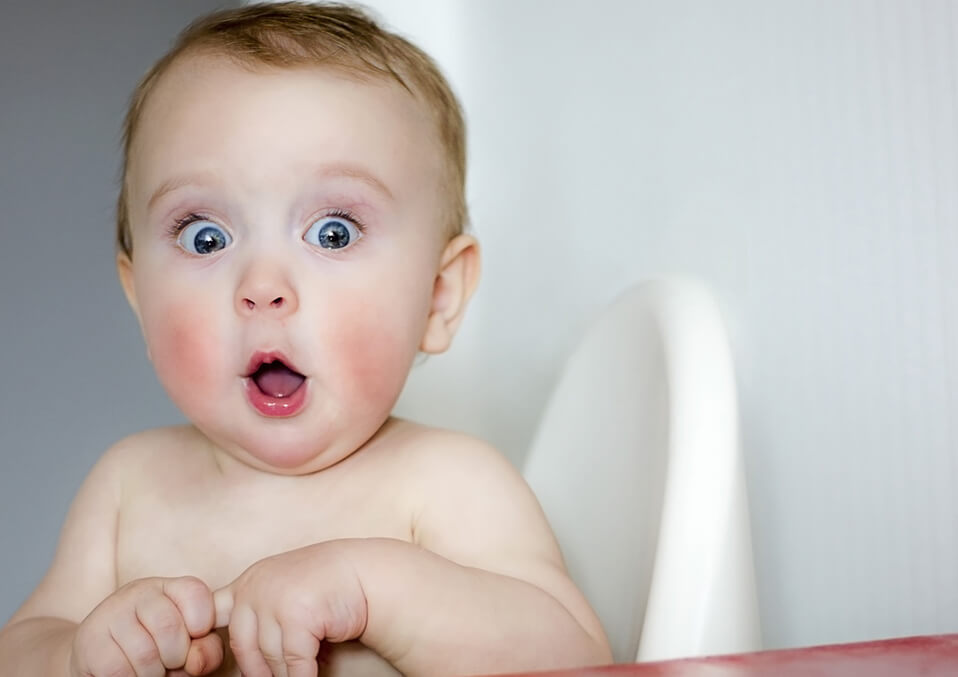
Parenting can be a tough job It does not pay you nor give you any financial benefits but is one of the most serious and noble jobs out there. It requires dedication, sacrifice, patience, and overall general if not deep insight on the physiology and psychology of the infant.
With that said, many parents feel worried and unintentionally clueless about the baby’s cues that may signal their wants or needs. Parents can often feel a lot of different emotions when parenting and they may feel rushed when making decisions on what their baby’s signals mean.
Babies even though have been developing brain and neuron activity, they are still smart enough to communicate with us through their body language. Your baby is already communicating with you long before they say their first words!
In this article, we will present the most common cues and signals that babies make in order to communicate with their lovely parents and hopefully you will gain insight on your baby’s communication system.
It is very important for you to know these things and understand how our baby create cues and signals so we are able to respond more quickly and accurately. While it is important to take note that not all of the babies make a signal for the same thing, this guide assumes it due to medical observations and long-time parental experience.
Signal # 1: the baby rubbing his or her eyes

This first signal may seem like a mild cue but it isn’t. As a matter of fact, many doctors believe that when your baby rubs their eyes or any part of their face, it means they are tired and want to go to sleep or there eyes or skin is itchy.
This cue is a vital communication to the parent that your baby might need something from you, which is either they want to be comforted or cared for by touching or fondling, or they may need milk.
If none of these things seem to please the baby or stop the baby from rubbing his or her eyes, it might mean there is something wrong and you should consult your doctor immediately.
Signal # 2: the baby is smiling

This can be one of the most adorable and quirky moments of a parent-child bond. A baby smiling could indicate that he or she is happy and contented, many psychologists point out that a baby smiling signals physical contentment or pleasure. It might also mean he or she is generally comfortable and in his or her cozy spot.
A baby smiling could also indicate that he or she is happy to see that he or she is surrounded by their loved ones. Doctors have indicated that a baby smiling occurs between six to eight weeks or 3 months to be exact, this positive signal indicates you’re doing well on your parenting skills, Good Job!
Signal # 3: the baby is making faces or being emotional
If your baby is making faces such as frowning, wrinkling foreheads, grumpy lips or overall unusual baby face expressions, this could indicate that he or she is feeling distressed or discontentment. However, this cue is more subtle than crying which is a common signal that signs of distress or discomfort.
Signal # 4: the baby is copying your own expressions or baby copycat

If your baby is copying your expressions it is perfectly normal. In fact, you should be glorious because it means that your baby’s brain is developing properly as it should be. This is because infants between three to seven months will psychologically learn how to imitate the facial expressions of their parents. Sometimes they would even imitate the sounds they hear so you would probably be adored at how cute the sounds they make.
This signal or cue is a good indicator of how positive or negative your baby’s surrounding is. If your baby is smiling or generally imitating you with your positive expressions, it means that the baby is feeling the positive vibes of their environment. On the other hand, if your baby is imitating your negative expressions like frowning or cryin it means that the baby’s environment is negative.
Signal # 5: the baby’s body talk
Many studies and observational therapies highly suggest that 2/3 of the communication of the babies is mostly nonverbal. Therefore, it is very essential for parents like you to develop your acute gut instincts. Many babies make different movements or hand gestures when they need or want something. For example, many parents have reported that babies play around with their hands or make little fists when they’re hungry. Once you have to feed them their hands may stop clumping and be more relaxed and open.
Signal # 6: the baby is arching back
An arched back could likely indicate that your baby is in discomfort. This cue or signal begins usually as early as a few weeks after birth. Many doctors believe and speculate that a baby arching backward could mean your baby has reflux, especially when they squirm or move around a lot as they try to be more comfortable with themselves.
It is also a known, observed cue that indicates that your baby’s tummy is full and they’ve had enough of the food or milk. However, if this arching of the back occurs around 4 to 5 months after birth it could mean that they are just being playful and or just trying to roll over, it is not a threatening cue so don’t worry about it.
Signal # 7: the baby’s startle reflex
Startle reflex is another common cue that happens when there is a fear-based trigger that stimulated the baby’s audio or visual stimuli. Usually, it can be anything from a loud scream, extremely loud noises, bright lights or head bobble.
These things could trigger the baby’s startle reflex and they might look surprised, they might also jerk out, spread out their arms and legs, or cry. This cue is present especially during the first weeks after birth, but in good ways, it will usually fade starting after 6 months after birth.
Read also:
- How Important Toddler Feeding Schedule is?
- Do You Lose Your Appetite In Early Pregnancy?
- Guidelines on Talking About Sex Education To Your Kids


